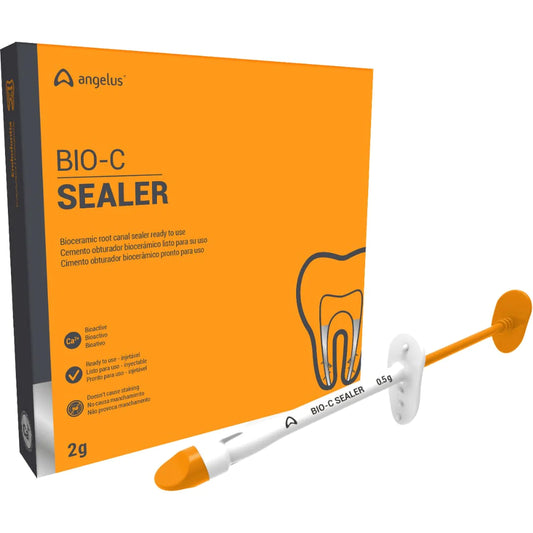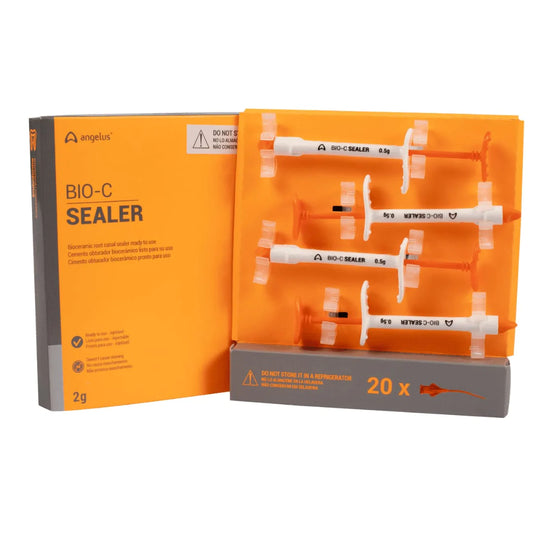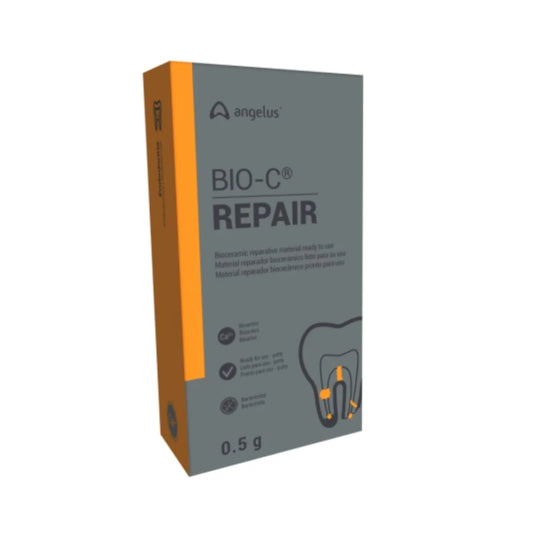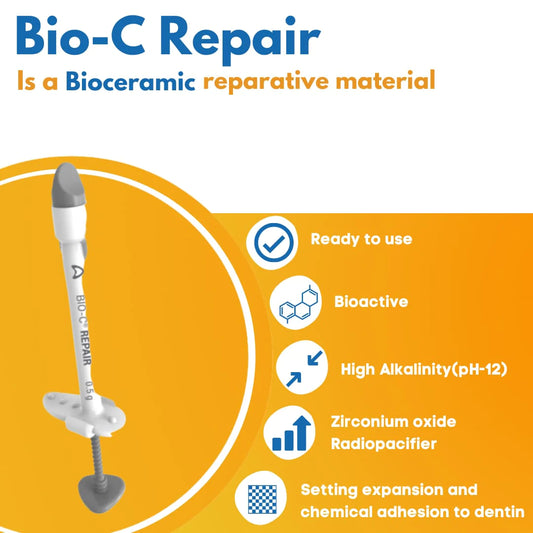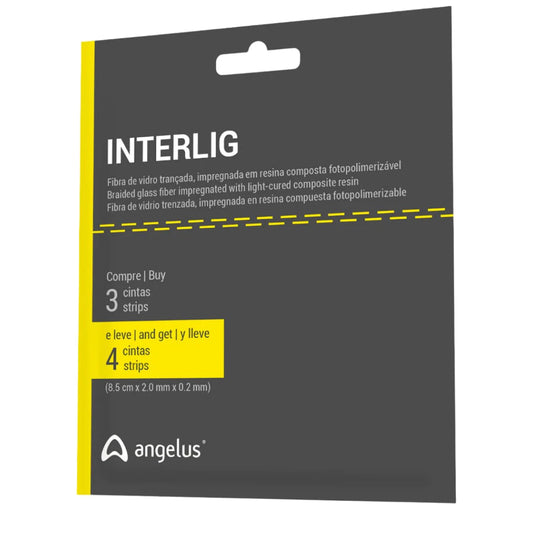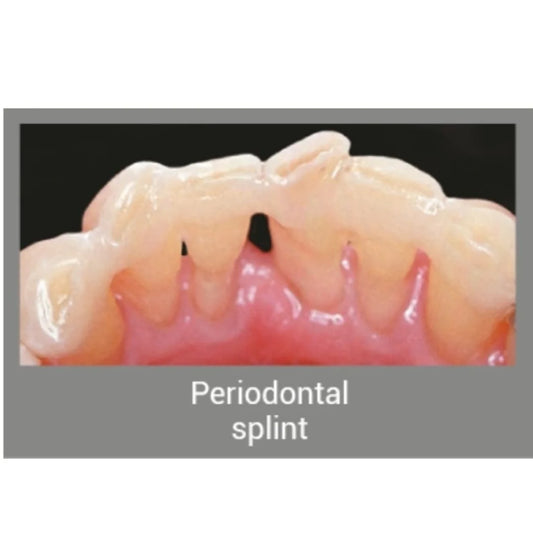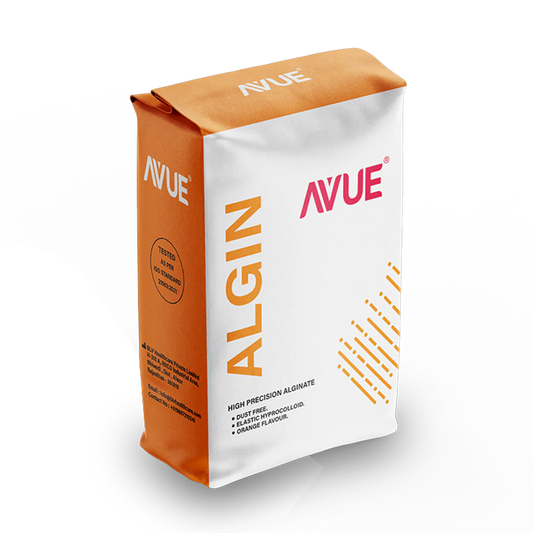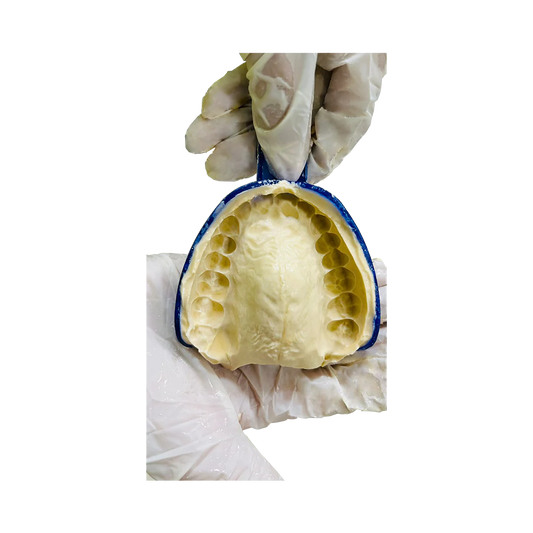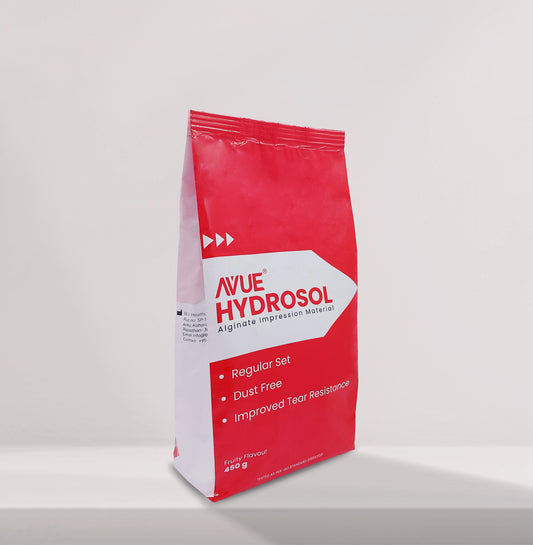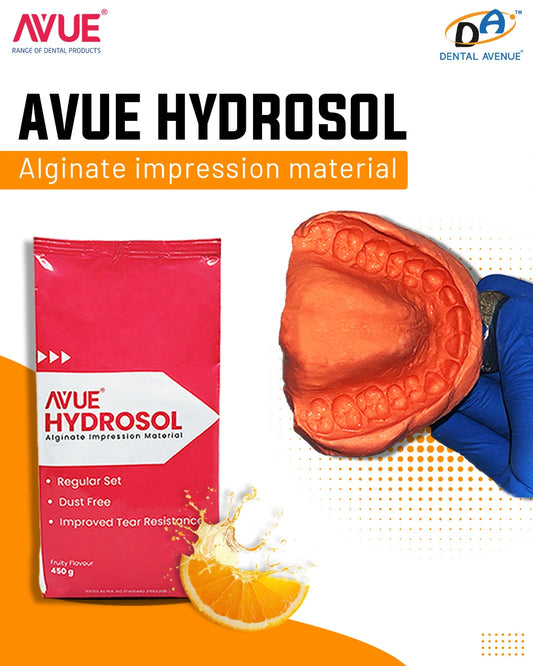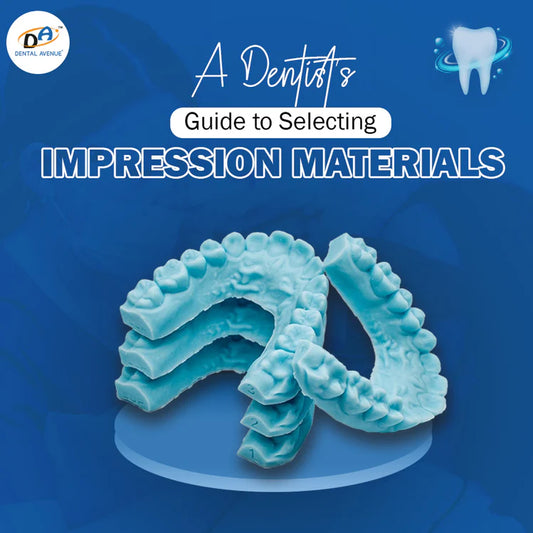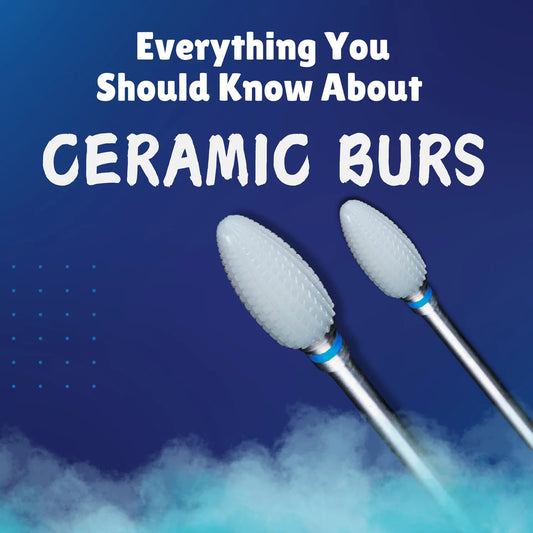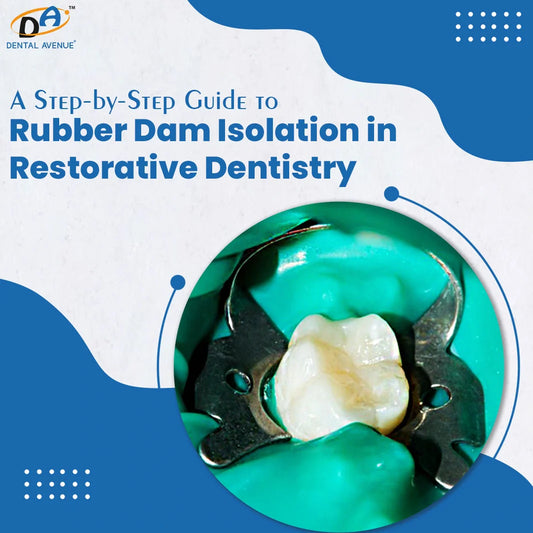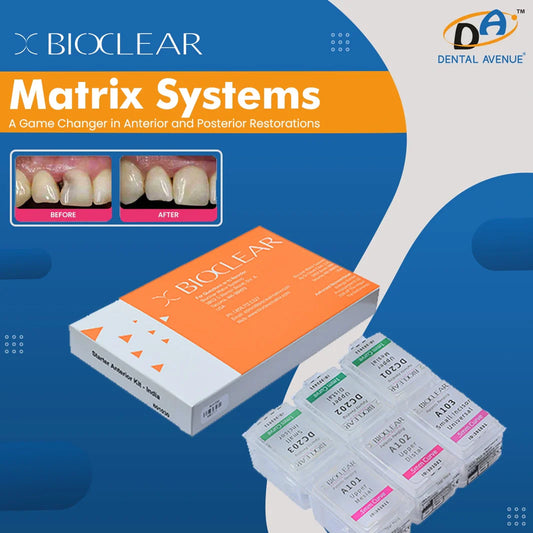A Clinical Guide to Cosmetic Odontoplasty, Bioclear Matrix Use & Enamel Reshaping
Introduction: Elevating Aesthetics Through Precision
Teeth contouring, clinically known as odontoplasty or enameloplasty, is gaining renewed interest with the advent of advanced composite materials and matrix systems like Bioclear. This minimally invasive technique allows dental professionals to make subtle, yet transformative, adjustments to tooth morphology, ideal for correcting minor chips, uneven edges, teeth extensions, or contour smile enhancements.
Modern tools like pre-curved matrices, flowable composites, and high-lustre polishers allow seamless integration of enamel reshaping and composite enhancement, all while preserving tooth structure.
What Is Teeth Contouring?
Teeth contouring involves removing small amounts of enamel to enhance the overall alignment and symmetry of teeth. Often used for aesthetic refinement, this technique is commonly combined with composite bonding or Bioclear matrix techniques to achieve natural contours and eliminate black triangles.
Clinical Note: The height of the contour of teeth must be preserved or adjusted carefully to maintain proper embrasure form and plaque control.
When Should You Use Composite & Matrices in Contouring?
|
Clinical Indication |
Contouring Alone |
With Composite & Matrix |
|
Minor edge irregularities |
✅ Ideal |
Optional |
|
Triangular spaces/black triangles |
❌ Not enough |
✅ Bioclear recommended |
|
Shape enhancement or lengthening |
⚠️ Limited |
✅ Composite needed |
|
Diastema closure |
❌ |
✅ Bioclear or mylar matrix |
|
Discoloration & wear |
❌ |
✅ Composite required |
Bioclear Matrix System allows the creation of rounded emergence profiles, tight interproximal contact, and a mono-block fill — especially useful in smile design cases.
Why Choose Bioclear for ANTERIOR restorations?
This summary is based on peer-reviewed articles and trusted clinical data sources.
|
Advantage |
Details |
|
Superior papilla height regeneration |
Wali-ur-Rahman HM, Brishty SR, Shaikat AMK. Black triangle repair with Bioclear matrix compared with traditional celluloid matrix technique: 24 cases. Glob Acad J Res Consort. 2024 |
|
Enhanced emergence profile & proximal contour |
BioClear matrices deliver predictable, natural emergence profiles and contacts superior to conventional sectional matrices. |
|
Non‑invasive, additive‑only approach |
No enamel removal—preserves tooth structure and lowers the risk of pulpal damage. |
|
Strong, stain-resistant composite bond |
Heated composite + injection molding creates durable, enamel-like restorations. |
|
Efficient single-visit workflow |
Procedure time ~32 min vs 41 min for traditional—streamlined protocol saves chair time. |
|
Predictable black triangle closure |
Focuses on “white” restoration; delivers smooth subgingival contours and minimal calculus build-up. |
|
Improved patient satisfaction & aesthetics |
Superior color match & surface texture. |
|
Excellent periodontal response |
Maintains gingival health; and tissue-friendly contours. |
Anterior Cases — Bioclear Anterior Restoration Steps
Here’s a step-by-step procedure for using Dr. David Clark’s Bioclear Anterior Matrices:-
1. Matrix selection and fit
· It must be tailored to the specific clinical case—whether it's black triangle closure, diastema closure, anterior Class III restorations, or 360° wrap-around restorations—each type requires a distinct matrix design and selection protocol.
· To choose the right Black Triangle matrix according to tooth size and gingival curvature. A color-coded gauge helps determine the proper fit.
-
Pinch the matrix and seat it apically into the sulcus. If it’s too tight, lightly sand the contact area with the TruContact sander to improve fit.
2. Prepare Contact Area
-
Lighten interproximal contacts using the TruContact sander (yellow/orange for single-surface, red for two-matrix cases).
NOTE: Adjust the Fit and Placement
· Pinch matrix between thumb and index finger
· Drive apically deep into the sulcus
· If resistance is felt, remove and re-sand the contact area
3. Biofilm Removal & Isolation
· The Bioclear Dual Color Disclosing Solution is a dental product designed to identify and detect cracks on teeth. It stains older biofilm purple and newer biofilm pink, allowing dentists to visualize and remove it before restorative procedures.
-
Remove the Biofilm
· Place a rubber dam and pack a retraction cord if needed to expose and isolate the gingival margin.
4. Acid-Etching & Bonding
-
After prepping, etch the entire tooth with 37% phosphoric acid under the matrix, then rinse and apply a bonding agent.
5. Fill with Composite
-
Light-cure once all material is in place, forming a smooth interproximal architecture that supports papilla regeneration.
6. Finishing & Polishing
Initial Finishing – After Matrix Removal
-
Remove excess flash & Gross contouring along with Interproximal Finishing with the use of the Bioclear Blue Saw
Final finishing with 2-step ROCKSTAR POLISHING KIT
Hussien AOT, Ibrahim SH, Essa MES, Hafez RM. BMC Oral Health. 2023;23(1):402
Teeth Contouring vs. Other Aesthetic Procedures
|
Procedure |
Invasiveness |
Ideal For |
Reversible? |
|
Teeth Contouring |
Low |
Uneven edges, mild crowding |
❌ |
|
Composite Bonding |
Medium |
Chips, gaps, discoloration |
✔️ |
|
Bioclear Matrix System |
Medium–High |
Black triangles, shape correction |
✔️ |
|
Veneers |
High |
Full smile makeover |
❌ |
|
Orthodontics |
High |
Functional and aesthetic correction |
✔️ |
Technique Overview: Composite-Enhanced Contouring with Bioclear
-
Pre-Op Assessment:
Photograph, shade selection, isolation using a rubber dam. -
Enameloplasty (Optional):
Use fine diamond burs or disks for conservative reshaping. -
Matrix Placement:
Insert the Bioclear matrix and adapt using a heated composite when necessary. -
Composite Insertion:
Using a dental composite kit, inject flowable or paste composite, cure, and shape to preserve the tooth's shape. -
Polishing & Finishing:
Use high-gloss polishers to match natural enamel.
Understanding the Height of Contour of Teeth
Maintaining or refining the height of the contour ensures:
-
Natural emergence profiles
-
Avoidance of food impaction
-
Smooth soft tissue contours
-
Proper contact area for floss and oral hygiene
Over-reduction disrupts the balance between form and function, particularly in dental treatment for uneven teeth.
Potential Side Effects & How to Avoid Them
|
Complication |
Prevention |
|
Tooth Sensitivity |
Avoid over-reduction of enamel; stay within 0.2–0.3 mm |
|
Uneven smile arc |
Use Digital Smile Design for symmetry evaluation |
|
Composite chipping |
Use a layered technique and hybrid composites |
|
Overhangs or open contacts |
Use pre-contoured matrices (Bioclear / sectional) |
Scientific Backing: Composite Instrumentation for Ideal Contours
A 2025 study compared tools in contouring composite restorations:
|
Instrument Type |
Success Rate |
Notes |
|
Diamond-like Carbon-Coated |
100% |
Clean margins, low adhesion |
|
Silicone Polishing Tips |
80% |
Adequate finish, but the shape is limited |
|
Traditional Steel Burs |
50% |
Tended to leave surface micro-defects |
Soler‑Tornero C, Toivonen P, Suorsa J, et al. The effect of contouring instruments on immediate quality and porosity of direct restorations. Clin Oral Investig. 2025;29(5):261. doi:10.1007/s00784-025-06342-0. Accessed July 2, 2025.
Final Takeaway
Teeth contouring — when paired with composite bonding and Bioclear matrix systems — enables clinicians to deliver minimally invasive smile makeovers that respect enamel biology, restore function, and elevate esthetics.
Best suited for:
-
Mildly uneven teeth
-
Post-ortho refinements
-
Closing black triangles
-
Shape correction for anterior esthetics
Whether you’re managing a single chipped tooth or an entire smile arc, combining odontoplasty with modern dental materials offers a safe and transformative solution.

